Terraces: [Concept and Types] + How to Prepare One
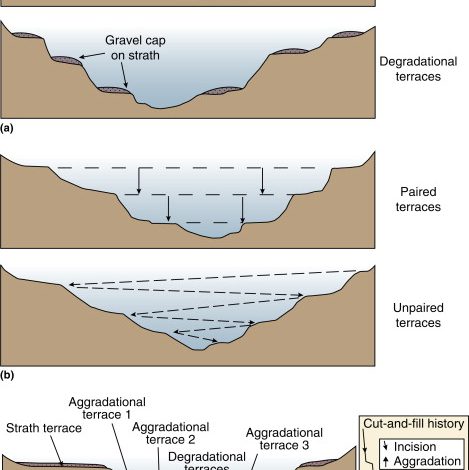
What will you learn in this article? We will see what terraces are and what they are used for in agriculture. As well as the different types that exist and what plants are best suited to this form of planting.
The terrace is an invention of the human being where it raises a wall or slope, widely used in agricultural work. They are square spaces or sections of land distribution where the aim is to improve the quality of crops.
What are the terraces?
The terraces are exclusive spaces arranged horizontally on sloping land, of great use in the garden where high yields can be obtained, because they are areas with well-aerated land where the roots can develop quite freely by better capturing nutrients and the irrigation water they need.
Historically, its greatest use was between the 17th and 18th centuries, perhaps due to the demographic growth registered in that period, which forced the cultivation of as much land as possible.
In the south of Spain they are known under the name of parata. The wall or slope that is erected is called ribazo or balate. But they are also often known in various parts of the world as a crop bed, raised garden, raised bed or raised bed, in English.

Characteristics of the terraces
Did you know…?And in the Canary Islands, the terraces are called chains, ranging from the highest elevation areas, where this technique is used for dry-land cereal cultivation, to the coastal regions, where they are used for irrigated cultivation of many tropical species. of high commercial value.
Quite simply, planting beds are known as special areas within an orchard that can never be stepped on, since they are expressly delimited to separate them from corridors or passageways.
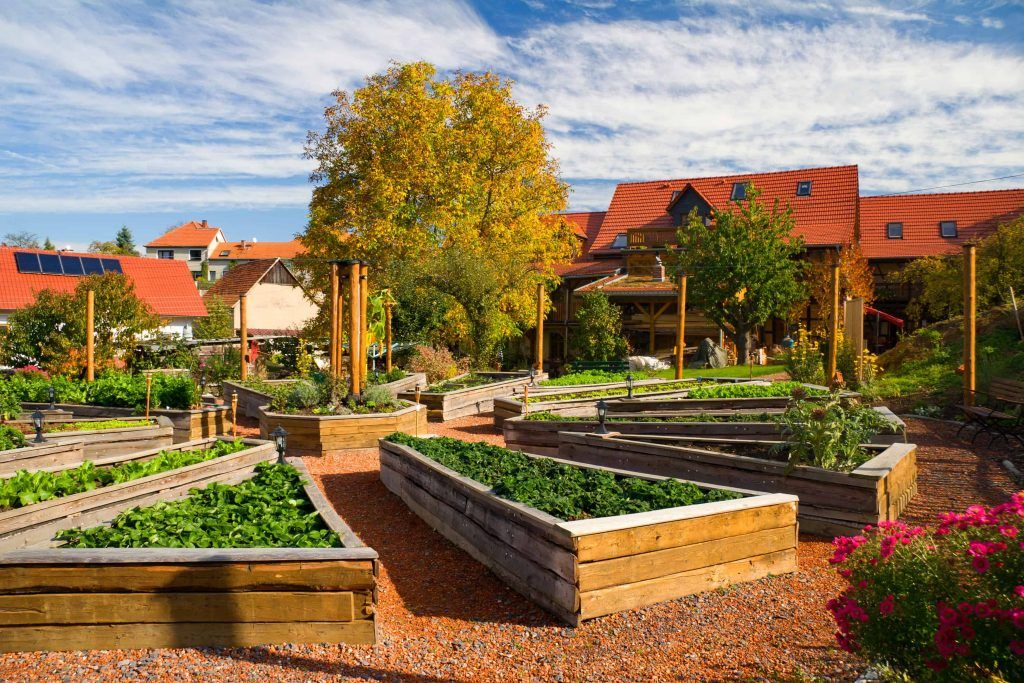
They are usually raised with a filling that is above the level of the aforementioned corridors.
An optimal bed should have at least a minimum estimated elevation or height of about 20cm and a width of about 1.20m. If they stick more to the ground then it may not be possible to prevent weeds.
Consequently, a good bed cannot be low or very wide.
In this way, greater control of the crops is achieved. This feature is the most important and has its reason for being because this way weeds and weeds are kept at bay and, with this, pests and diseases are also kept away.
What types of terraces exist? (list of types with brief description)
There are several types of terraces. Let’s briefly see what they are:
deep bed
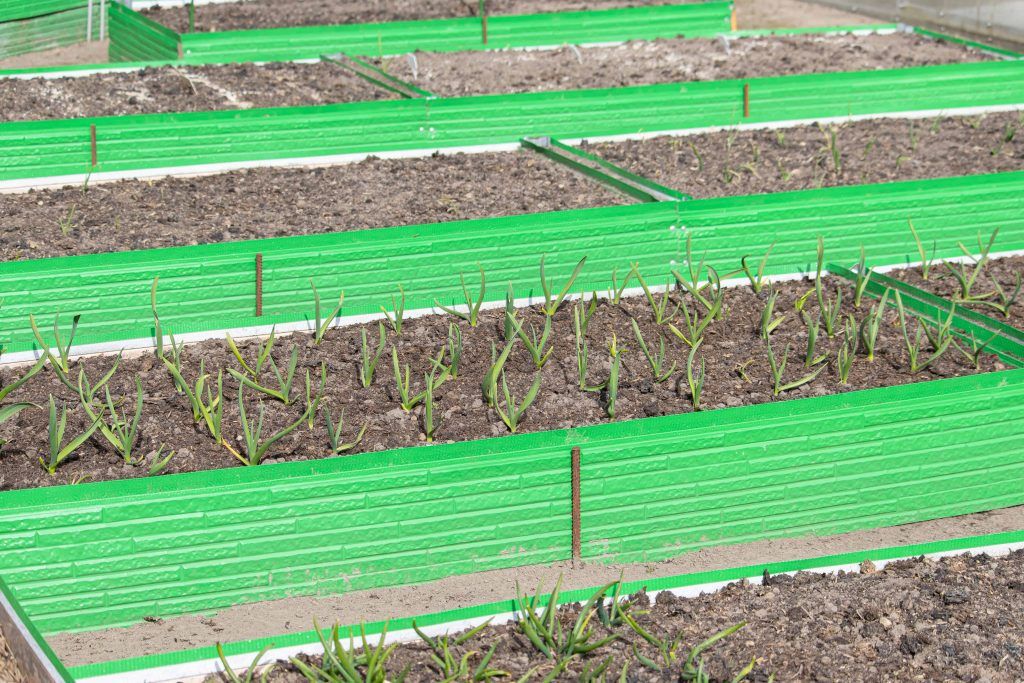
It is a terrace that is at least 50cm deep. Immediately afterwards, it is useful to aerate the soil, which should never be stepped on to prevent it from compacting and thus guarantee that the roots grow quite freely.
It is ideal in small orchards.
It usually has an approximate width that ranges between 1.50 to 1.80 meters and about 8 square meters of total surface.
Its productivity is much higher than that of a normal bed. They can reach an estimated annual productivity between 80 to 200 kilograms of vegetables. The ditches, between two to four maximum for each terrace, must be between 30 and 50cm.
It is delimited with stakes and ropes that demarcate all the corners, before loosening the soil and adding homemade organic matter such as compost or any other quality organic matter.
raised bed
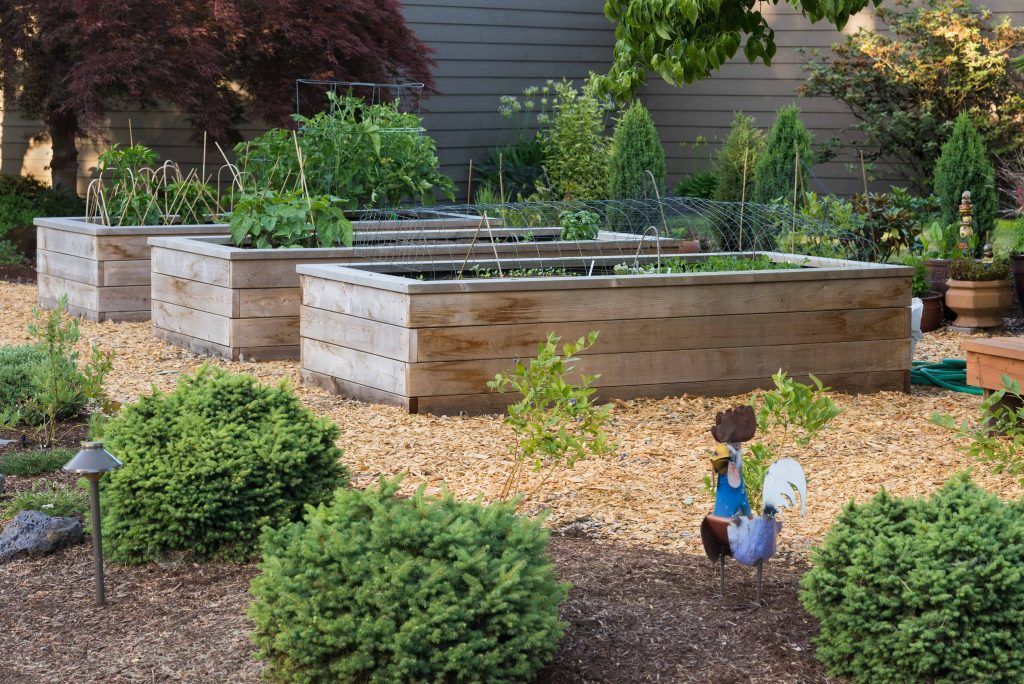
Materials are usually used for its construction such as wood, stones, steel or ceramic blocks, depending on the available budget.
As its name indicates, it is above ground, and is filled with very good quality compost.
It must be at least 20cm high, enough to place the different layers and must not exceed 1.20m wide.
Circular terraces
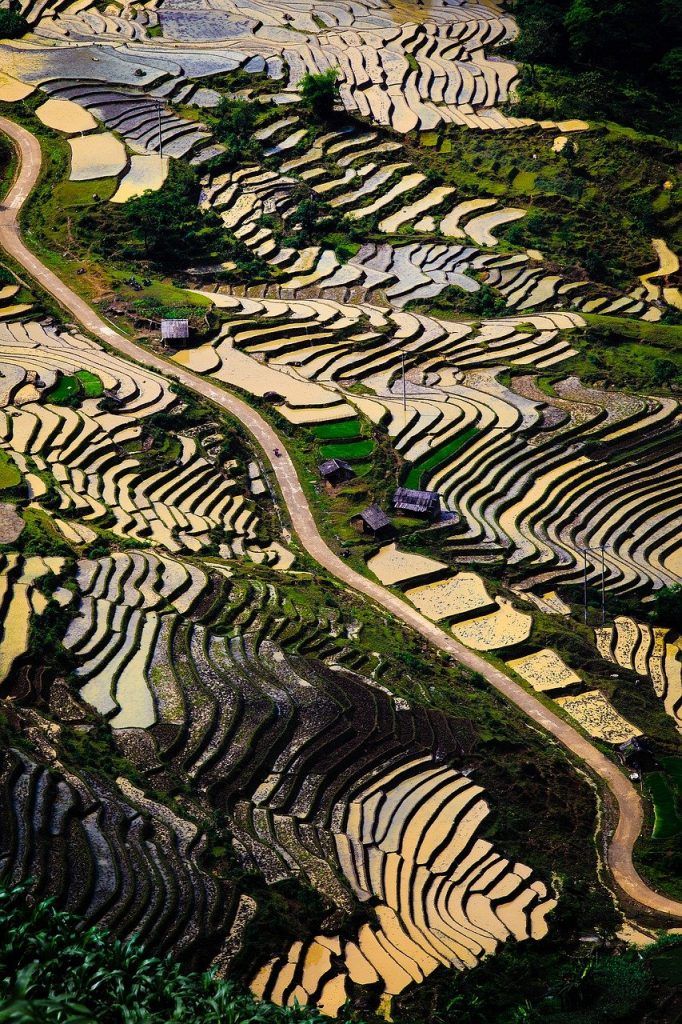
As its name suggests, these are semicircular wall systems used in the terrace, made of masonry.
They are able to retain the soil where certain trees grow, such as cherry trees, almond trees, and olive trees, among others, since they are placed in holes, in an irregular order.
Banked by staggering
It is made up of irregular fillings supported or supported by discontinuous walls or walls, with variable height, adapting them to the relief.
At first glance, they can be distinguished as a staircase with rungs or steps that are uneven in height. They are easily identified in agriculture developed in mountainous areas, where they are applied normally.

Banked by slope
Herbaceous embankments are applied to support the crop landings.
What do we need to make our own terrace?
Among the different types of terraces, a very easy and comfortable one is the raised ceramic or wooden terrace. The materials we need are few. Let’s see below what we will need to have on hand.
In this case, we prefer the brick or ceramic block (used in construction) because they are cheap throughout Spain and very easy to install.

Materials
- Ceramic bricks 1 meter wide x 30cm high or wooden blocks.
- Corrugated rods of 12 millimeters in diameter.
- A level.
- One meter
- A hammer.
- A stick or shovel to remove the earth.
- A rake.
- Manure or earthworm humus.
- green manure
- Leaf soil or perlite to improve drainage.
Once the land of the selected place in the garden has been prepared, it is necessary to calculate how much we will leave for the corridor and the terrace itself.
Bed measures
One meter is taken to measure the aforementioned spaces. An aisle of approximately 70cm to 90cm can be left, an ideal space for us to pass a wheelbarrow.
The measurement of an exact meter is more than enough to delimit the area of the terrace itself, where we will later begin to plant our vegetables.
This measure of one meter wide, allows our hand to reach the entire terrace, to work comfortably in cleaning and planting tasks.
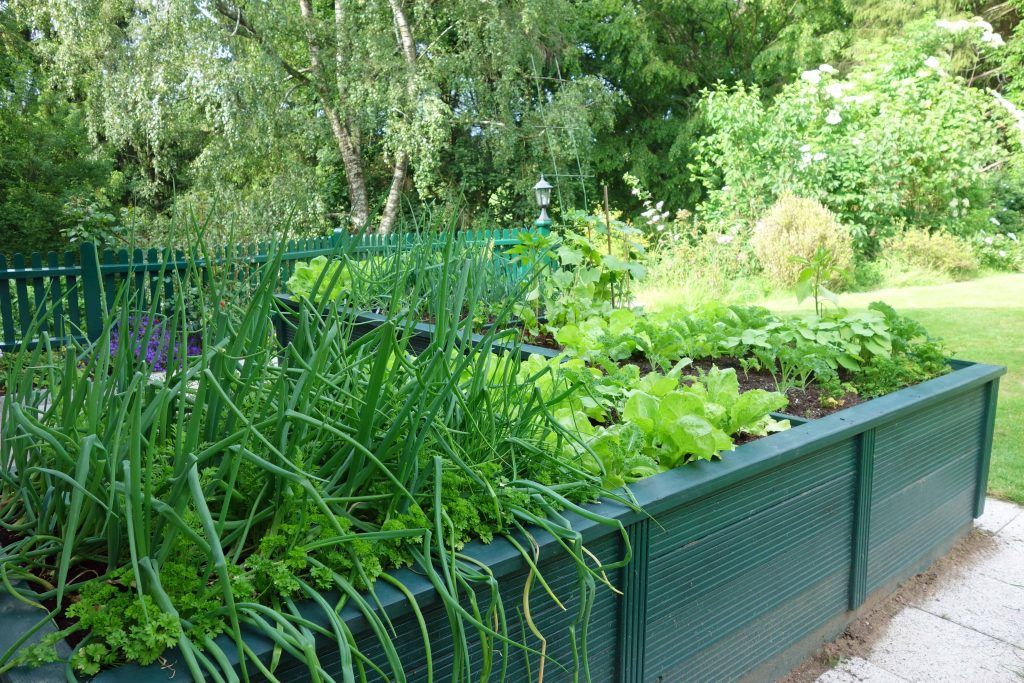
We will use for each side of the rectangle, about 6 rasillones of a meter of extension each one. In total, each wall will have an extension of about six meters long and one meter wide.
The depth should be around 30cms.
The corridors must be clean, cardboard can be placed to prevent pest attacks.
leveling
We take a plank, put a level on top to make sure it is straight, as straight as possible.
We are adding bricks and rods, some two on the outside and two on the inside, so that the brick is well adjusted, controlling the soil underneath so that the bricks that we place successively to raise the first rectangular wall are not uneven.
Soil and manure control
Once half of the terrace is finished, we can add a little organic matter such as manure, while using the land of the place. They are mixed until they settle, breaking up the tallest pieces with a rake.
Other materials
You can also make wooden terraces, generally 5cm thick pine wood is used, but chestnut or oak planks are equally valid.
In this case, a rectangular box is built that must be at least 30cm deep, or a little more to be able to plant various species of vegetables.
Four boards can be assembled, using squares at each corner.
In any case, terraces made with galvanized steel walls are excellent, the most resistant of all, since wooden ones tend to rot.
Or they can be built with stone walls, or concrete, logs, PVC sheets, which can also be easily adapted to raise the four walls of the base rectangle of the box structure.
How do we prepare the land for terrace cultivation?
- The first thing to do when creating a terrace is to remove the first layer of grass that covers the previously selected terrain.
- After thoroughly cleaning the entire area, aerate, stir the soil until it feels fairly loose, and then spread a layer of manure or organic matter. A good homemade organic matter such as compost is ideal, it can be half decomposed.
- Immediately follows the placement of a green layer, it may well be freshly cut grass or pruning leaves.
- It also works very well to place green vegetable waste from the kitchen, but everything must be cut very finely, well chopped to facilitate good absorption of nutrients.
- This is followed by the placement of several sheets of newspaper or cardboard that will be spread throughout the area, leaving no holes or uncovered spaces. And on top, an additional 3cm of compost is placed on top, also very well spread.
- An important piece of information: every time layers are added to the area of the terrace, it is necessary to pour water, water the whole place.
- In the same way, it is recommended to sow the plants in close order, that is, very close to each other so that a favorable microclimate for growth is quickly created.
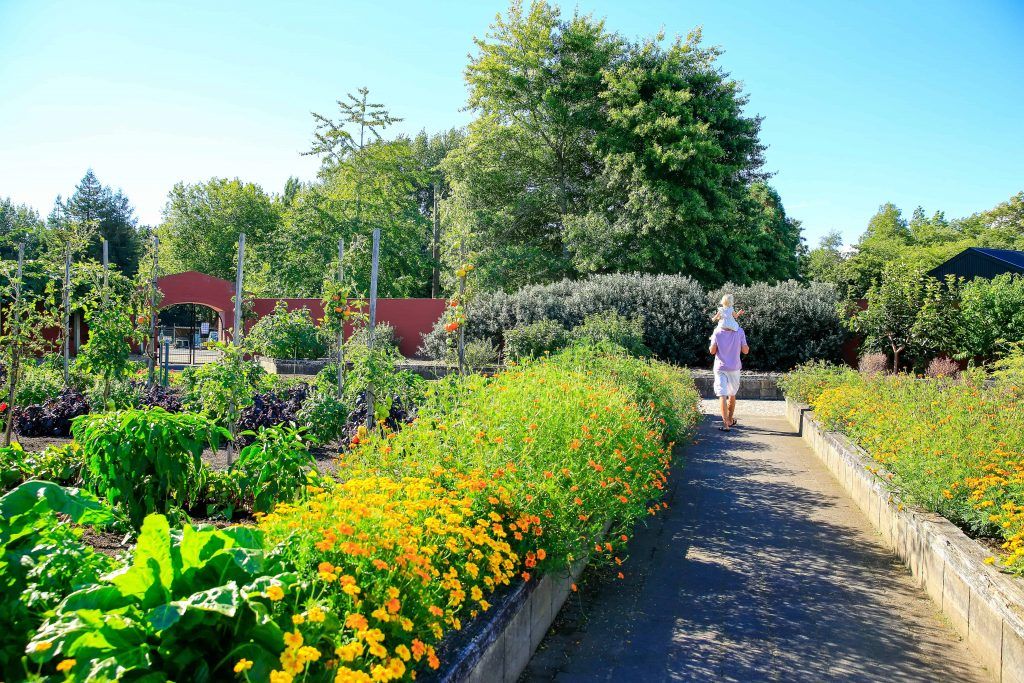
How do we water our plants with terraces?
The need for water of each plant, of each species can be specific, different. Never go overboard with watering, neither more nor less.
In addition, it is best to check the moisture level of the substrate. The technique of the stick buried in the ground is infallible to find out, or inserting a finger will suffice to know if there is water or dryness in the substrate.
Never water on the plant, on top of its leaves, it is preferable to do it directly on the substrate to avoid the proliferation of fungi.
The ideal is to install a drip irrigation system, previously consulting a trusted gardener. There are automatic methods.

How can we avoid pests and diseases in the terraces?
A natural way to keep pests out of our garden is by incorporating aromatic flowers and plants that help us attract pollinating insects.
They are extraordinarily good plants such as lavender, calendula or tagete. But wonderful aromatics such as rue and the no less famous oregano are also recommended, two good allies in our garden that will know how to keep annoying annoying bugs away.
You can also plant thyme and parsley, which drive away pests that usually attack fruit trees and bushes.
Is it important to protect plants from birds when we use terraces?
Indeed, it is very important in some regions to protect the garden from the attack of birds that seek to feed.
There are covers on the market that protect the garden, which can be placed on top of a tubular structure that supports it, in case the visit of the birds is recurrent.
What crops benefit most from terraces?
A soil prepared with enough manure, full of worms, is the most desirable for our garden, if we want to obtain healthy vegetables with a great flavor.
The species that we mention below can share space in our growing bed or terrace.
The tomatoes
Tomatoes are great as long as the substrate is very rich in organic matter. You have to plant them at the base of hazel sticks or spiral metal rods that are sold in the market, very decorative and necessary for the plant to support itself.
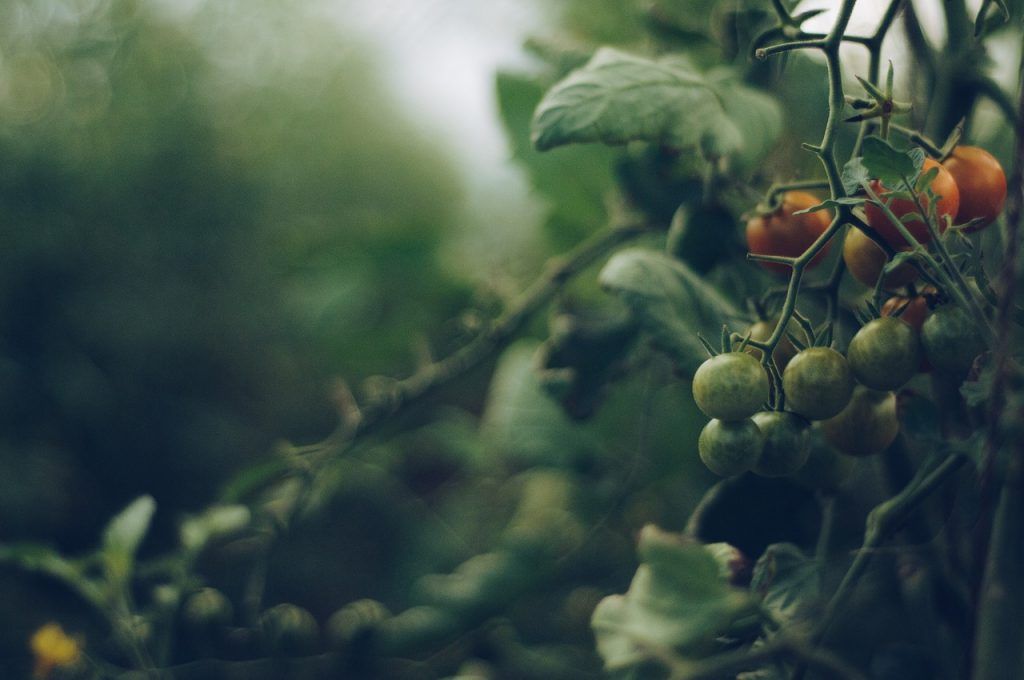
eggplants
Eggplants are very hardy and reproduce easily. They can be placed in the central part of the terrace.
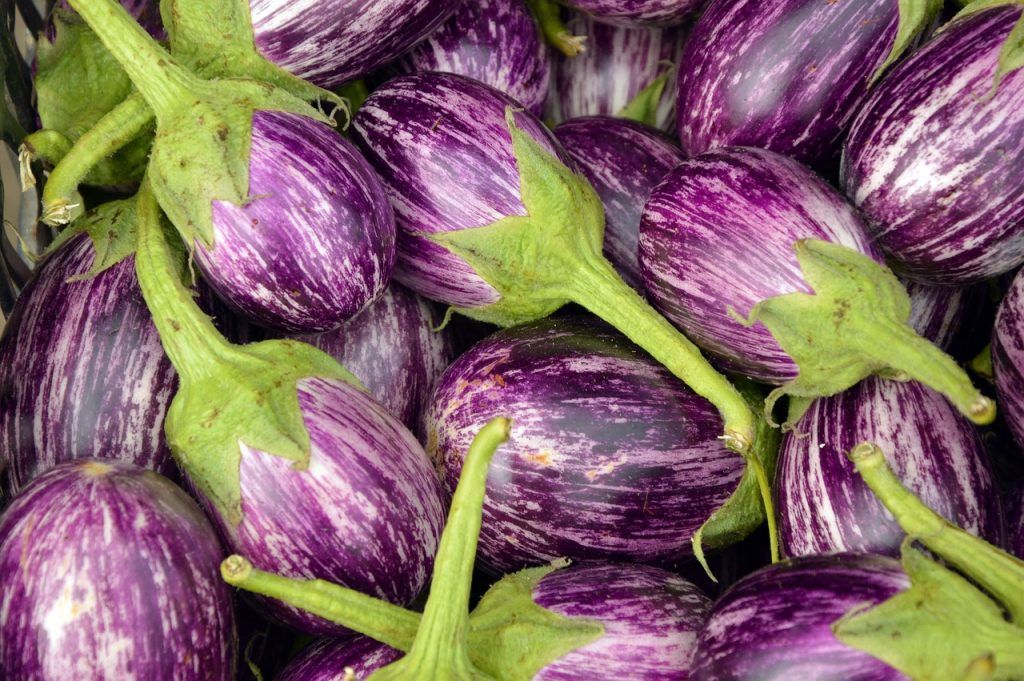
Chard
They can also be alternated, with red and green lettuce plants. They can also be in the central section of the growing bed, where they will give us abundant production in summer, autumn and even winter.
DO NOT forget that they have a large size, so you have to leave enough space between one plant and another planted.
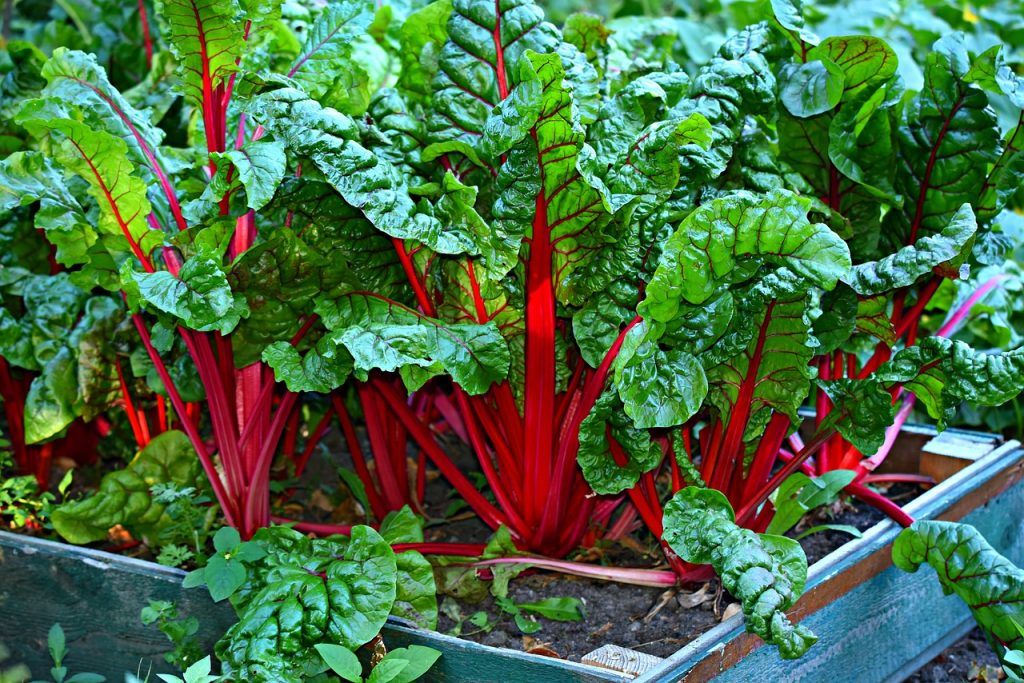
Parsley
Parsley is ideal for keeping annoying bugs at bay and for having an aromatic that is used continuously in our kitchen.
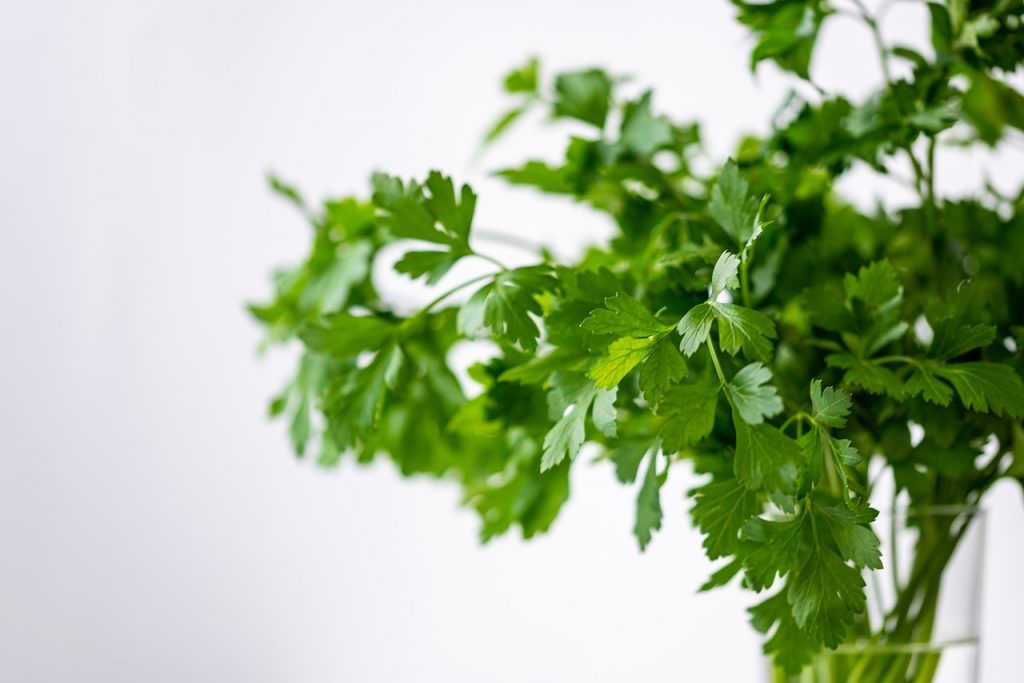
celery turnip
Celery is ideal, this exquisite vegetable for the home garden. It produces abundantly thanks to the thickening of its stem and a lower ball that forms at the base of the stem when it reaches maximum development.
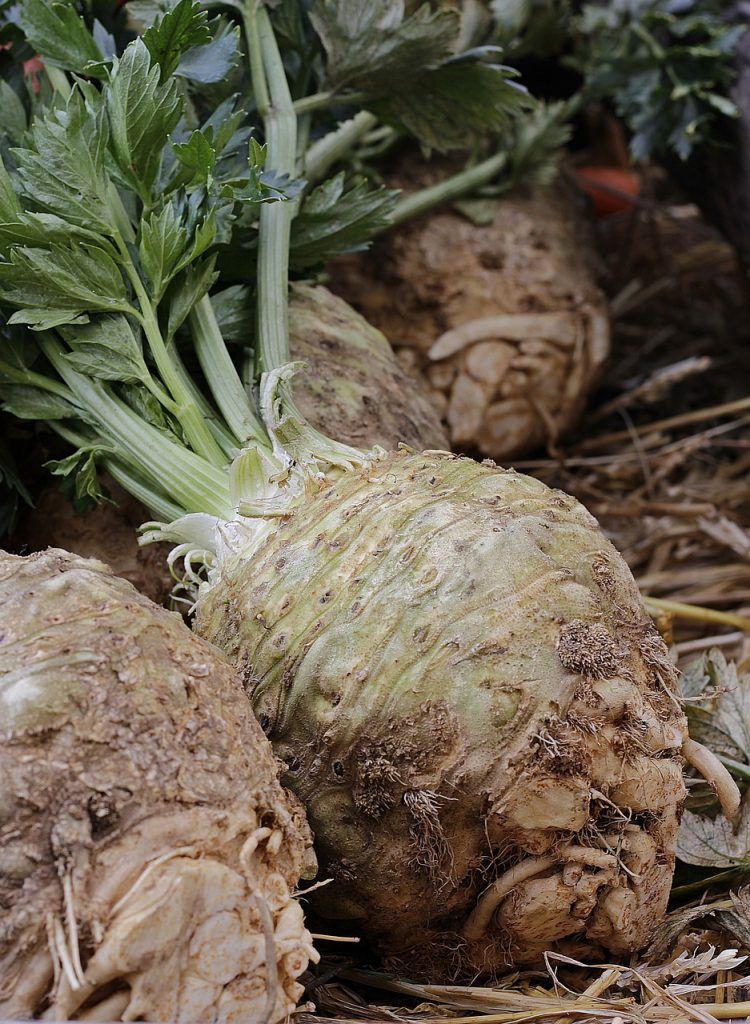
Peppers
Peppers can be planted in a terrace, although it is prudent to do so in hot weather. If not, then mini greenhouses can be created for each little plant with the help of a 5-liter plastic water bottle cut at the rear or tail of the container.
They are placed on top of each one to protect them and give them the necessary humidity for their full development.
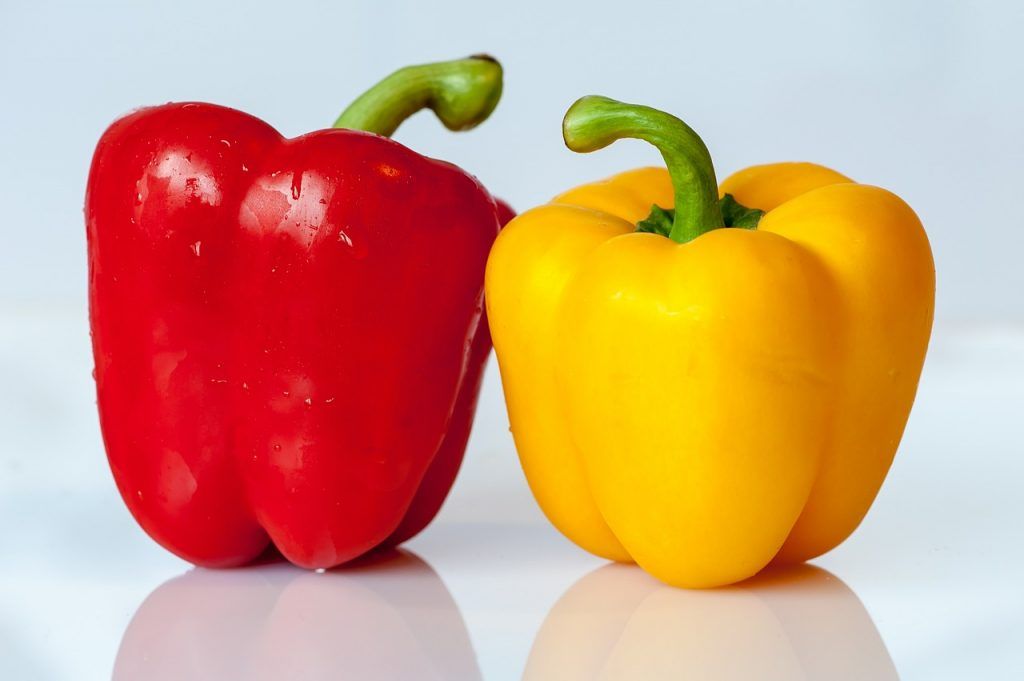
What are the advantages of growing plants or vegetables on terraces?
By building a cultivation bed or terrace, great advantages can be achieved, because greater control is exercised over certain variables or external factors, such as temperature, humidity, irrigation, pest control, among others.
It is a cultivation technique widely known and practiced in cold -climate nations, because it allows planting dates not to depend on the land reaching a suitable temperature.
Let’s see in summary what are the advantages of having terraces in the garden:
- The space is not large, it can be reduced to a bed of about 240cm x 120cm, which favors the placement of a private garden in the patio or terrace of the house. Therefore, it is a super ideal way to start with a family garden that supplies us with very healthy food, organically grown, in a limited space that can range from 20 to 100 square meters.
- And another great advantage that we cannot forget is that thanks to this technique we will save a series of tools or equipment, such as tractors and other implements used to prepare or till the land.
- Higher structures can also be built, about 40 or 50cm above the ground and rectangular in shape, ideal for applying the technique of the so-called biointensive method.
- The height is even favorable for cultivation, since it prevents us from having to bend down repeatedly.
- The idea is to produce more in the smallest possible space, in a controlled, orderly area, easily accessible in the garden, very protected because it cannot be stepped on by anyone thanks to clearly identified boundaries made of durable materials.
- It is perfect for growing vegetables, because the roots will quickly adhere to loose, aerated, well-oxygenated soil. Since it will never be stepped on, it will always be loose.
- It is also ideal to apply this technique on land that is not optimal for crops, since it allows us to prepare layers of fertilized soil with an excellent nutrient content.
- Humidity is equally controllable with this growing procedure or technique. In the case of ceramic terraces, simple fixed irrigation systems can be added, which retain moisture very well, as happens with terraces made with rasillon. The land is much looser, better drained and free of pests.
- Weeds do not exist in the terraces, they are kept at bay, as long as the device is well perimeter and elevated.
- Nuisance pests are also kept away, especially those that sprout from the ground at nightfall, such as caterpillars or snails.
- The fertilizer is used much better in the entire area delimited especially for cultivation, so it is not lost in traffic areas or passageways, as happens in traditional plantations at ground level.
- Finally, in areas susceptible to flooding, where there is persistent rain, the terraces are convenient because they do not flood, they do not drown due to excess water, since the water drains very well into the prepared land in these elevated receptacles.
What disadvantages do terraces have?
Few really are the disadvantages. Perhaps the most relevant is the issue of maintenance, because in the case of wooden crates, after a few years they will have to be replaced since they rot in the face of humidity and harsh weather conditions.
So it is better to use resistant materials to make the drawer.

The costs of raised beds represent an investment in money, time and great effort to maintain the garden, as long as several beds are built on average about 4 meters long x 1.20 wide.
We must not overestimate our work capacity. Less is more.
The scale is familiar, not commercial. We must be clear about the use of the terrace at home, because we will not achieve a return on investment. They are to enjoy a harvest made at home.
Pests can assail a raised bed, especially with slugs that can burst into wet wood on walls or walls. That is why it is recommended to remove the padding from time to time, as well as check the boards after rainy periods.
Terraces are not recommended in desert or semi-desert areas. It is necessary to install breathable hoses with a humidity sensor.
Bibliography and references
-
[BOOK] The ecological family garden, M Bueno – 2015 – books.google.com
-
School garden project, MT Borreguero Parrillas – 1993 – redined.educacion.gob.es
-
[BOOK] The Garden: A Complete Guide, E Boffelli, G Sirtori – 2017 – books.google.com
-
School garden as a learning center, P Ramos Sosa – 2017 – accedacris.ulpgc.es
-
Aware of the Garden, JM Enríquez, L Aragón Núñez – 2018 – rodin.uca.es
-
[PDF] Terraces in the Spanish mountains: an abandoned landscape and a potential resource, T Lasanta Martínez, J Arnáez-Vadillo, P Ruiz Flaño … – 2013 – digital.csic.es
-
Terraces in Mediterranean mountain agriculture: a bibliographic review, J Rodríguez-Aizpeolea, T Lasanta Martínez – 1992 – digital.csic.es
-
[PDF] Plant colonization and runoff production in abandoned terraces: Vall de Gallinera, Alacant, A CERDA-BOUNCHES – Quaternary and Geomorphology, 1991 – Tierra.rediris.es
-
[PDF] Sediment production in old cultivation terraces. Effect of fire depending on the age of abandonment, JL López, MR Valera – Notebooks of the Spanish Society of …, 2002 – dialnet.unirioja.es

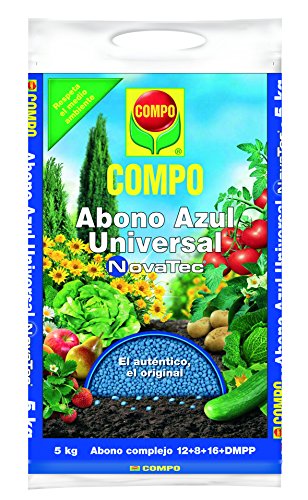
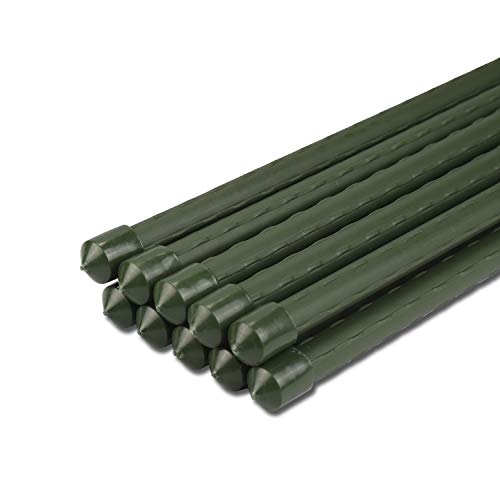
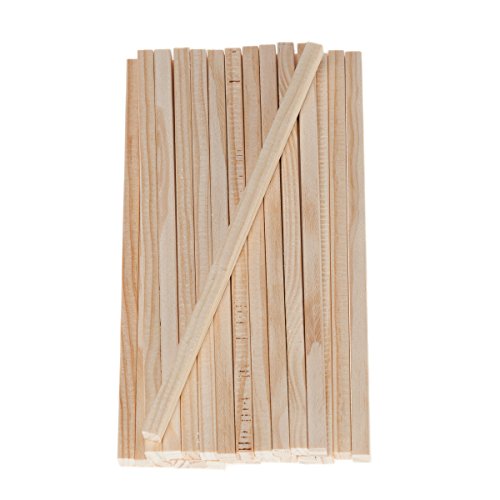
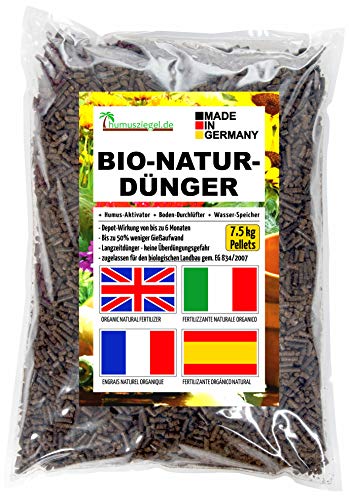
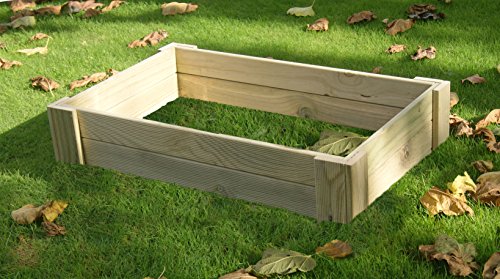


![Photo of Cucurbitaceae: [Concept, Characteristics and Examples]](https://www.complete-gardening.com/wp-content/uploads/2022/08/cucurbitaceae-concept-characteristics-and-examples-354x220.jpg)
![Photo of Transplant Basil: [Conditions, Time, Tools and Land Preparation]](https://www.complete-gardening.com/wp-content/uploads/2022/08/transplant-basil-conditions-time-tools-and-land-preparation-390x220.png)